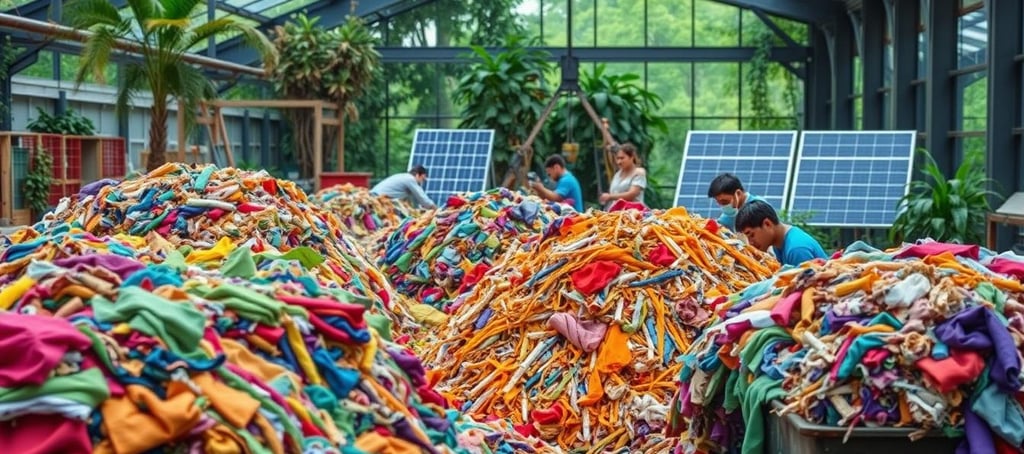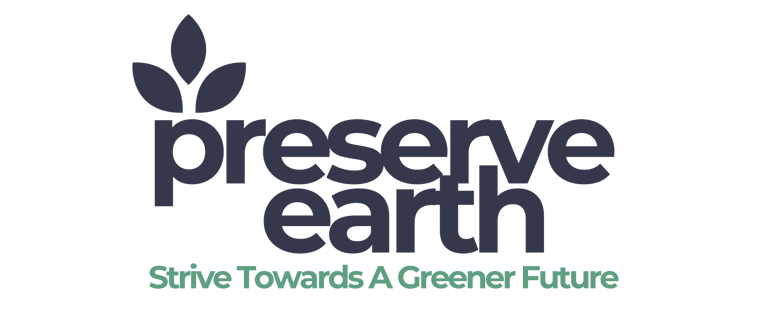✉︎ info@preserveearth.co.uk or WhatsApp Us

EPR in Textiles: Impact on Manufacturing Industry Today
12/9/20248 min read


EPR in Textiles: Impact on Manufacturing Industry Today
Extended Producer Responsibility (EPR) is changing the textile industry. It makes producers responsible for managing products from start to end. This policy helps cut down waste and supports sustainability in the textile world.
EPR pushes companies to make products that last longer and can be recycled. It also encourages them to handle waste better. The goal is to move from a "take, make, dispose" model to a circular economy.
The textile industry has a big environmental impact. It produces a lot of waste and uses a lot of water, energy, and raw materials. EPR policies are key to making the UK's manufacturing sector more sustainable and reducing landfill waste.
Key Takeaways
More than 80% of textiles globally leak out of the system when discarded, contributing to environmental pollution.
EPR policy is vital for shifting the textile industry towards a circular economy by placing responsibility on producers.
EPR has the potential to drive circular design, extend product use, and address issues like microfibre leakage.
Successful implementation of EPR for textiles requires region- and country-specific approaches.
Businesses can accelerate progress by adopting circular economy principles and investing in shared recycling infrastructure.
Understanding Extended Producer Responsibility in the Textile Industry
The world is moving towards a sustainable future. The textile industry is adopting Extended Producer Responsibility (EPR). EPR makes producers responsible for their products' environmental impact, especially when they reach the end of their life. This change encourages sustainable design and better waste management.
Defining EPR and Its Core Principles
EPR means producers must take care of their products. They should make products that last, can be fixed, and recycled. They also need to have good systems for collecting, recycling, and disposing of waste. This way, producers are motivated to use eco-friendly methods and cut down on waste.
The Evolution of EPR in Global Markets
EPR has worked well in many industries, and textiles are next. Countries like France, Hungary, Germany, and the Netherlands have started EPR for textiles. The European Union's Directive (EU) 2018/851 requires EU countries to have EPR for textiles by 2025. This will help more countries adopt these policies.
Key Stakeholders in the EPR Framework
The EPR framework for textiles involves many groups. These include manufacturers, retailers, consumers, waste management companies, and governments. Producers can join a Producer Responsibility Organisation (PRO) to handle waste. This is a good option because it shares costs and duties.
The UK Fashion and Textile Association (UKFT) is helping UK companies understand EPR. They are releasing guides and papers on EPR and sustainability. As the industry moves towards a circular economy, knowing about EPR is key for manufacturers to keep up.
Current State of Textile Waste Management
The world's textile waste management is complex and hard to manage. In 2020, the EU produced about 6.95 million tonnes of textile waste. This is roughly 16kg per person. Only 4.4kg per person was recycled or reused, while 11.6kg ended up in mixed waste.
More than 80% of textiles are lost when discarded. They are either burned, buried, or pollute the environment. The lack of separate textile collection systems makes recycling hard. This makes it tough to achieve a textile recycling, waste reduction, and sustainable manufacturing circle.
The European Parliament has made moves to tackle this problem. They adopted a plan on Extended Producer Responsibility (EPR) on 13 March 2024. This plan shortens the time for countries to set up EPR schemes to 18 months.
In the UK, the government plans to discuss new rules in 2024. They might require big businesses to take back used textiles from customers.


Companies in the textiles and fashion sector should look into circular business models. This includes fixing, selling, renting, and upcycling clothes. It helps reduce waste and meets sustainability goals in the EU and the UK.
EPR, Textiles, How it effects Manufacturers
The textile industry has seen big changes with Extended Producer Responsibility (EPR). Now, companies must handle waste costs themselves. This is a big change for those used to not paying for waste.
Financial Implications and Cost Structures
Textile makers must now spend on sustainable practices. This includes making products last longer and using recyclable materials. These costs might go up, but they can also make a company look better to green customers.
Operational Adjustments Required
With EPR, textile companies need to start recycling clothes and explore new ways of doing business. These changes can be hard, but they also open up chances for new ideas and ways to cut down waste.
Compliance Requirements and Reporting
EPR makes companies more open and accountable. This can be tough, but it pushes them towards greener practices and a circular economy.
"The EPR for textiles aims to encourage companies to consider the entire lifecycle of their textile products, from design to end-of-life management."
As people care more about the environment, EPR helps companies be seen as green. This can make them more attractive to customers who want to buy sustainable products.
Implementation of EPR Policies Across Global Markets
The world is moving towards more sustainable practices. Extended producer responsibility (EPR) policies for the textile industry are being set up in many places. These efforts aim to make companies accountable, support a circular economy, and reduce the harm caused by textile production and waste.
In Brazil, the national solid waste policy now includes EPR. It focuses on reusing and recycling textiles and other materials. In India, the Swach waste-picker cooperative in Pune is pushing companies to pay for waste management and recycling. This supports eco-friendly production and global sustainability initiatives.
In Oregon, USA, a law now requires producers to fund and manage recycling programs. France has also started EPR for textiles. The Netherlands is looking into similar policies to tackle international regulations and textile waste.
Ghana is thinking about introducing EPR to deal with its textile waste problems. The United States is seeing more interest in EPR at the state level. These different ways of implementing EPR show the need for solutions that fit local needs while following the circular economy principles.
"EPR policies are essential in driving the textile industry towards a more sustainable future, fostering innovation and responsible practices that benefit both the environment and consumers."
The global push for environmental care is clear. The adoption of EPR policies in various markets shows the industry's shared goal. It's to tackle the textile waste crisis and support global sustainability initiatives.
Circular Economy Integration Through EPR
Extended Producer Responsibility (EPR) is making the textile industry more circular. It encourages sustainable design, material innovation, and better waste management. This is changing the fashion world for the better.
Design for Sustainability Principles
EPR makes companies design clothes that last longer and can be recycled. They use sustainable materials that harm the environment less. Clothes are built to last, with designs that can be changed easily.
Material Selection and Innovation
Textile firms are now choosing eco-friendly materials. They use organic cotton, recycled polyester, and new fibres. This cuts down on waste and saves resources.
End-of-Life Management Strategies
EPR is changing how we deal with old clothes. There's more focus on fixing, reusing, and recycling. Projects like Jeans Redesign show how jeans can be made for a circular fashion world.
Companies are trying new ways to keep clothes in use longer. This includes take-back schemes and "lease, don't own" models. It's all about reducing waste and making fashion more sustainable.
Thanks to EPR, the textile industry is on its way to being greener. It's creating value from waste and moving towards a more circular fashion future.
Future Trends and Industry Transformation
The future of Extended Producer Responsibility (EPR) in the textile industry looks bright. As people become more aware of environmental issues, EPR will become more common. It will change how companies work, making them think about the whole life of their products.
There will be a big push for circularity. Products will be made to be reused, remanufactured, or recycled. This means less waste and more sustainable products.
The UK Government is being asked to introduce variable EPR fees. This could help drive sustainable innovation and create a circular economy in fashion and textiles. It could also help fund circular activities and make sustainable practices cheaper for companies.
Future trends might include better recycling technologies and more sustainable materials. We might also see more circular business models.
Every year, the European Union throws away 12.6 million tons of textile waste. Only 22% of this waste is recycled. Countries are taking action. In the Netherlands, manufacturers must recycle and reuse textiles since July 1, 2023.
In Sweden, companies like H&M offer clothing recycling services. A textile recycling plant in Sundsvall is being built to make materials for new clothes.
Italy is working on a draft decree that requires textile producers to manage waste. Sweden aims to reduce textile waste by 70% by 2028. These steps show the industry is moving towards sustainability.
As technology advances, EPR in textiles will change. The industry will become more environmentally friendly and efficient. By focusing on circularity, we can tackle textile waste and create a sustainable future.
"More than 80% of textiles worldwide leak out of the system when discarded, leading to incineration, landfilling, or environmental pollution."
Conclusion
Extended Producer Responsibility (EPR) is changing how the textile industry deals with sustainability and waste. It makes producers responsible for their products from start to finish. This approach is key to solving the global textile waste issue.
EPR is pushing the industry towards more sustainable designs and materials. It also encourages better ways to manage products at the end of their life. This is helping to build a more circular and sustainable textile economy.
Working together will be key to making EPR work in textiles. Manufacturers, retailers, policymakers, and consumers must all play a part. Success will depend on adapting to new rules, investing in green tech, and meeting eco-conscious consumer needs.
By focusing on a sustainable future, the textile industry can make a big difference. Taking full responsibility for their products can lead to a greener industry. This benefits the planet and future generations.
FAQ
What is Extended Producer Responsibility (EPR) and how does it impact the textile industry?
EPR makes producers responsible for the environmental impact of their products. This includes when products reach the end of their life. In textiles, it means companies must make products that are sustainable and can be recycled. They also need to manage waste better and move towards a circular economy.
How is EPR being implemented globally, and what are the key differences in approaches?
EPR policies are being set up worldwide, each tailored to fit local needs. For example, Brazil has a national policy, India has a waste-picker cooperative, and Oregon in the USA has its own laws. These show the importance of solutions that fit each place's needs.
What are the financial and operational implications of EPR for textile manufacturers?
EPR changes how textile makers handle waste, making them financially responsible. This can be a big change, pushing companies to invest in sustainable practices. They might make products that last longer and can be recycled. They also have to be more open and accountable.
How is EPR driving the integration of circular economy principles in the textile industry?
EPR is pushing for sustainable design in textiles. This means making products that can be recycled and last longer. Companies are also focusing on how to manage products at the end of their life, like through reuse and recycling. New ideas, like take-back schemes and "lease, don't own", are also being explored.
What are the future trends and industry transformations expected due to the implementation of EPR policies?
As EPR becomes more common, the textile industry will change a lot. It will become a standard way of doing business, affecting the whole supply chain. Companies will focus more on making products that can be recycled and used again. We'll see new recycling technologies, more sustainable materials, and more circular business models.

Follow Us
Company Number: 15482817
Preserve Earth, 2025. All Rights Reserved.


